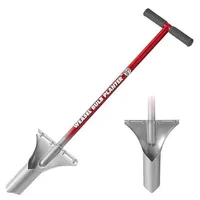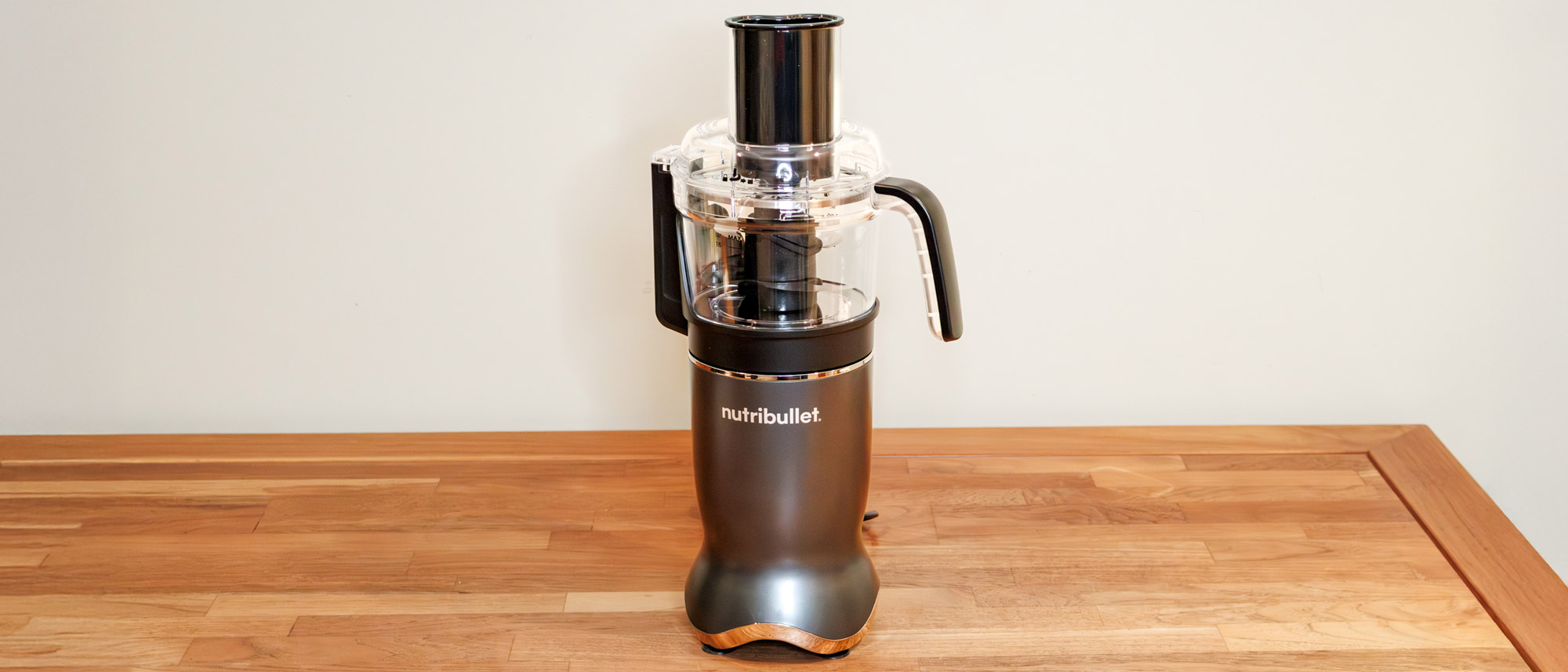7 best bulbs to plant in September for spring blooms
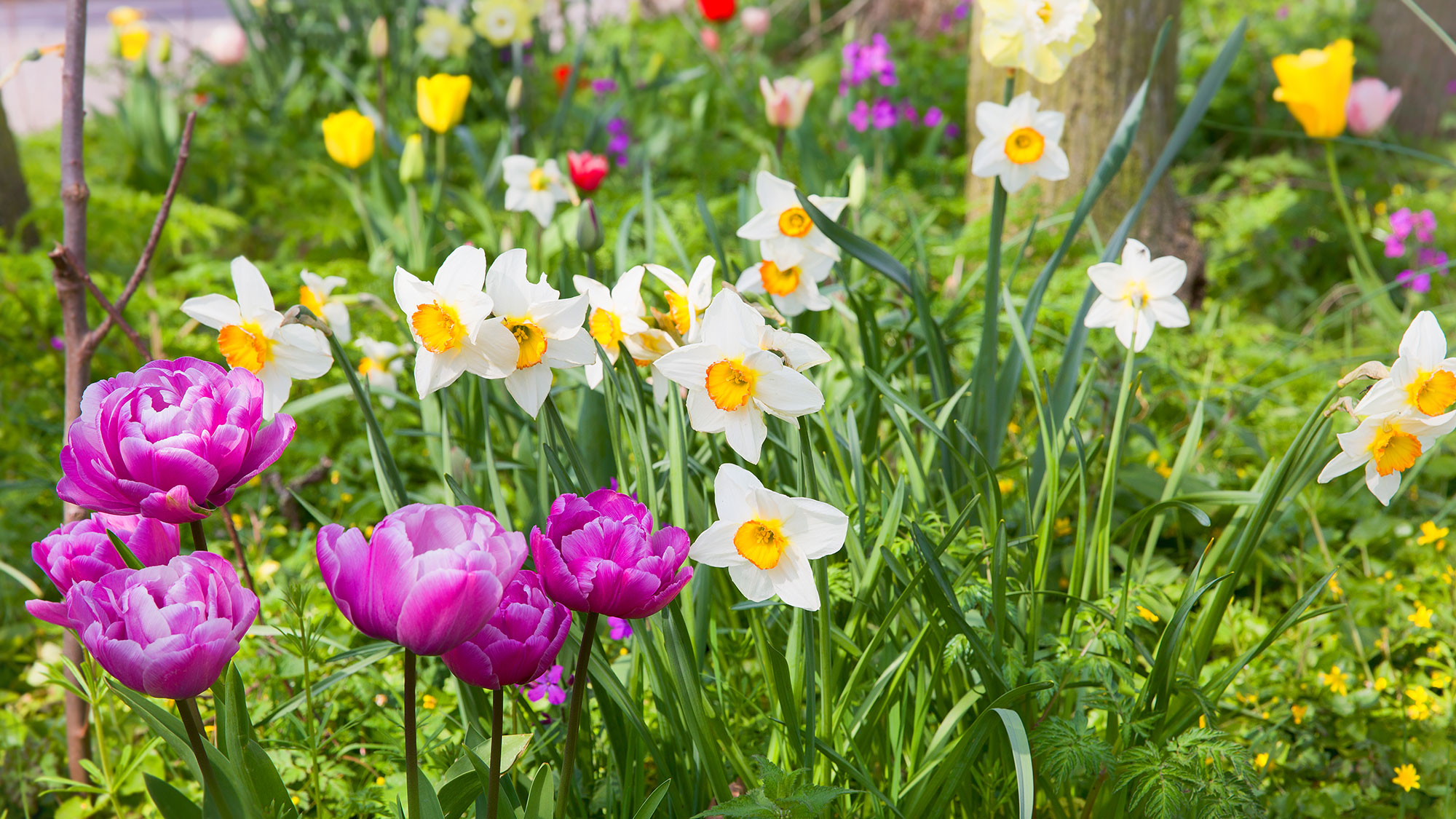
As the days grow shorter and the nights begin to draw in, it’s a good time to plan for a vibrant yard full of blooms next spring. It may seem too early when we’re still enjoying the last of the summer flowers, but this is the perfect time to get those bulbs planted and established before the frost sets in.
We’ve gathered advice from expert gardeners to share their knowledge of the best bulbs to plant in September for spring color, with top tips on how to get the most out of your bulbs. So, grab your best gardening gloves and get planting.
When is the best time to plant bulbs for spring color?

Shawna Coronado, author of No-Waste Organic Gardening, suggests the best time to plant spring-blooming bulbs is in the fall, about 6 to 8 weeks before the first expected frost. “This timing allows bulbs to establish roots before the ground freezes,” she says, “Planting them at this time ensures that they undergo a period of cold stratification, which is crucial for the development of blooms.”
For optimal conditions, she recommends aiming for a soil temperature between 50-60°F. “You can often gauge this by the air temperature, as soil typically cools a bit slower than the air,” she says.
The soil condition will also play a part in the success of your planting. Coronado says, “Ensure your soil drains well to prevent bulbs from rotting. Heavy, clayey soils can be amended with compost or sand to improve drainage.”
While many of us worry about frosts, Coronado doesn’t see this as a big issue. “Once planted, the soil offers protection from frost. If a particularly harsh winter is forecasted, a light mulch can provide additional insulation,” she says.
Craig Wilson, co-founder, director, and in-house gardening expert at Gardeners Dream, adds that besides adding a layer of mulch, you can also use frost fleece or straw to provide extra insulation.
Get instant access to breaking news, the hottest reviews, great deals and helpful tips.
Coronado mentions the only time to be concerned is if you plant plant-sensitive bulbs in areas prone to cold. In this situation, she advises, “Do your research on potential varieties, focusing on the hardiest of bulbs for the best success.”
You may also find it helpful to invest in a bulb planting tool, especially if you plan mass planting.
Garden Weasel Bulb Planter: $48 @ Amazon
This long-handled bulb planter plants bulbs quickly and evenly, extracting soil and creating a hole deep enough for planting. Simply step down on the footplate to dig a hole to plant bulbs, annuals or perennials.
1. Tulips

There’s a plethora of tulips available, and you’re bound to find a favorite or two! However, if you plan to scatter them across a meadow or large planting area, Coronado recommends Emperor tulips, Darwin hybrid tulips and Wildflower tulips, as they are hardy and return yearly.
Peggy Anne Montgomery, horticulturist at Flowerbulb.eu, favors the flamboyant Parrot tulips, saying, “Each one is an exceptional work of art. There is nothing like these frilly, color-stained blossoms, and every Parrot is worth growing.”
Planting tips
Coronado recommends planting tulips 6-8 inches deep and about 4-6 inches apart, positioning them pointed end up. They’ll do well in a sunny spot with well-drained soil.
In addition, Montgomery recommends adding organic bulb fertilizer to the planting hole to help establish root growth. She then suggests thoroughly covering the soil, mulching the planted area, and watering. While she says natural rainfall should be enough at this time of year to keep the bulbs happy, additional watering is a welcome idea if you experience a prolonged dry spell.
Planting zone
Montgomery recommends planting tulips in cold climates (zones 3 to 5) in September, in transitional climates (zones 6 to 7) in November, and in warm climates (zones 8 to 9) in December. Wondering what gardening zone am I in? The USDA has further details on Plant Hardiness Zones, which will give you a guide to the best time to plant in your location.
2. Daffodils
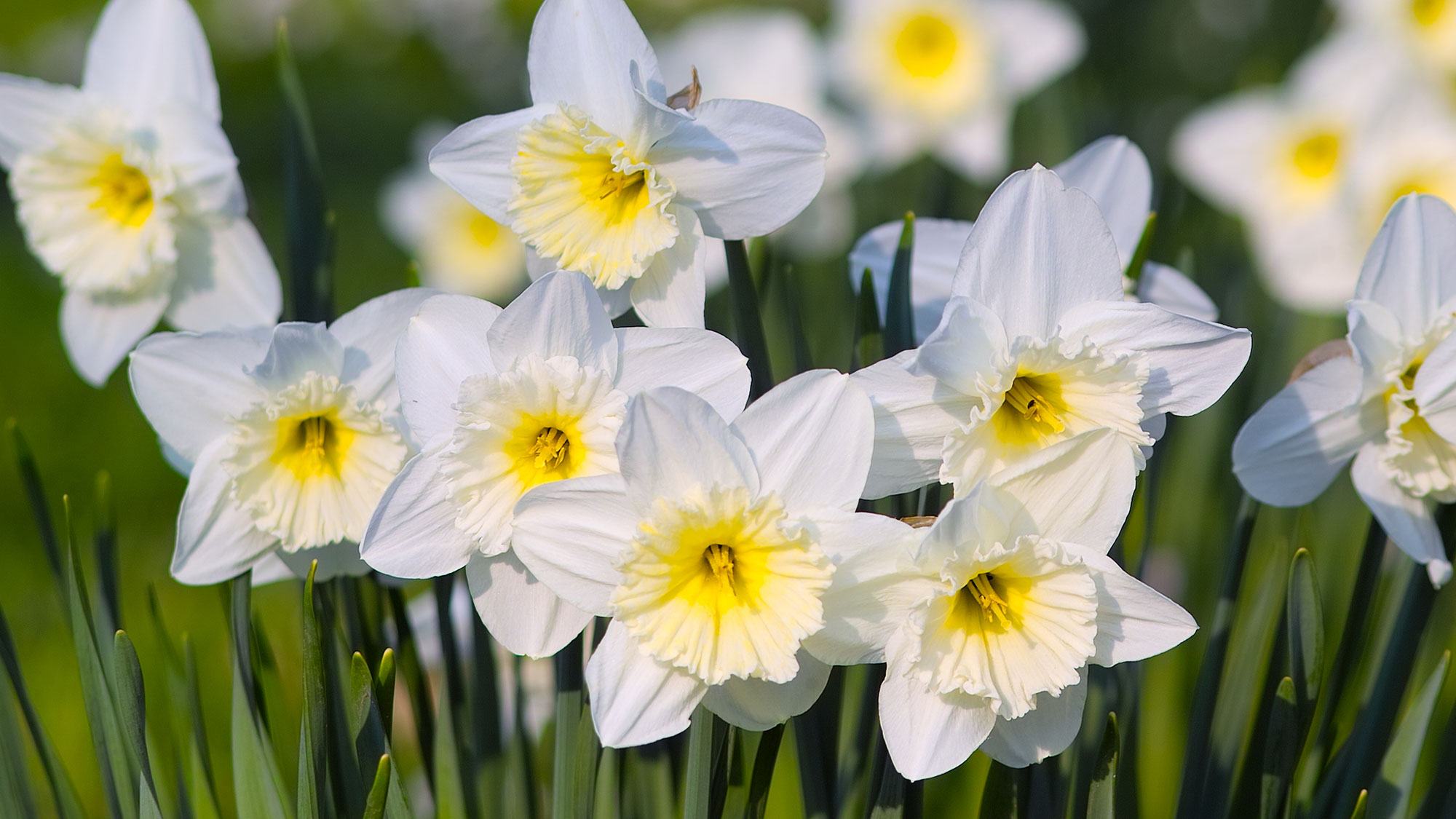
Trumpets, cups and doubles — daffodils come in many forms. “Most daffodils are quite hardy, but Narcissus ‘Jack Snipe’ is a miniature yellow that is exceptionally long-lasting and a must-have for most northern gardens,” says Coronado. “Another heavy bloomer is Narcissus ‘Ice Follies,’ a large-cupped frilled white with a lemon-yellow cup that smells very sweet.”
Planting tips
Coronado recommends planting daffodils 6 inches deep, with the pointed end upwards, spacing them 6-8 inches apart. She says, “Daffodils are versatile and can handle a variety of light conditions but prefer full sun to partial shade.”
Wilson adds that they will need watering “but avoid overwatering as they don’t like soggy conditions.”
Planting zone: Zones 3 to 8
3. Hyacinths
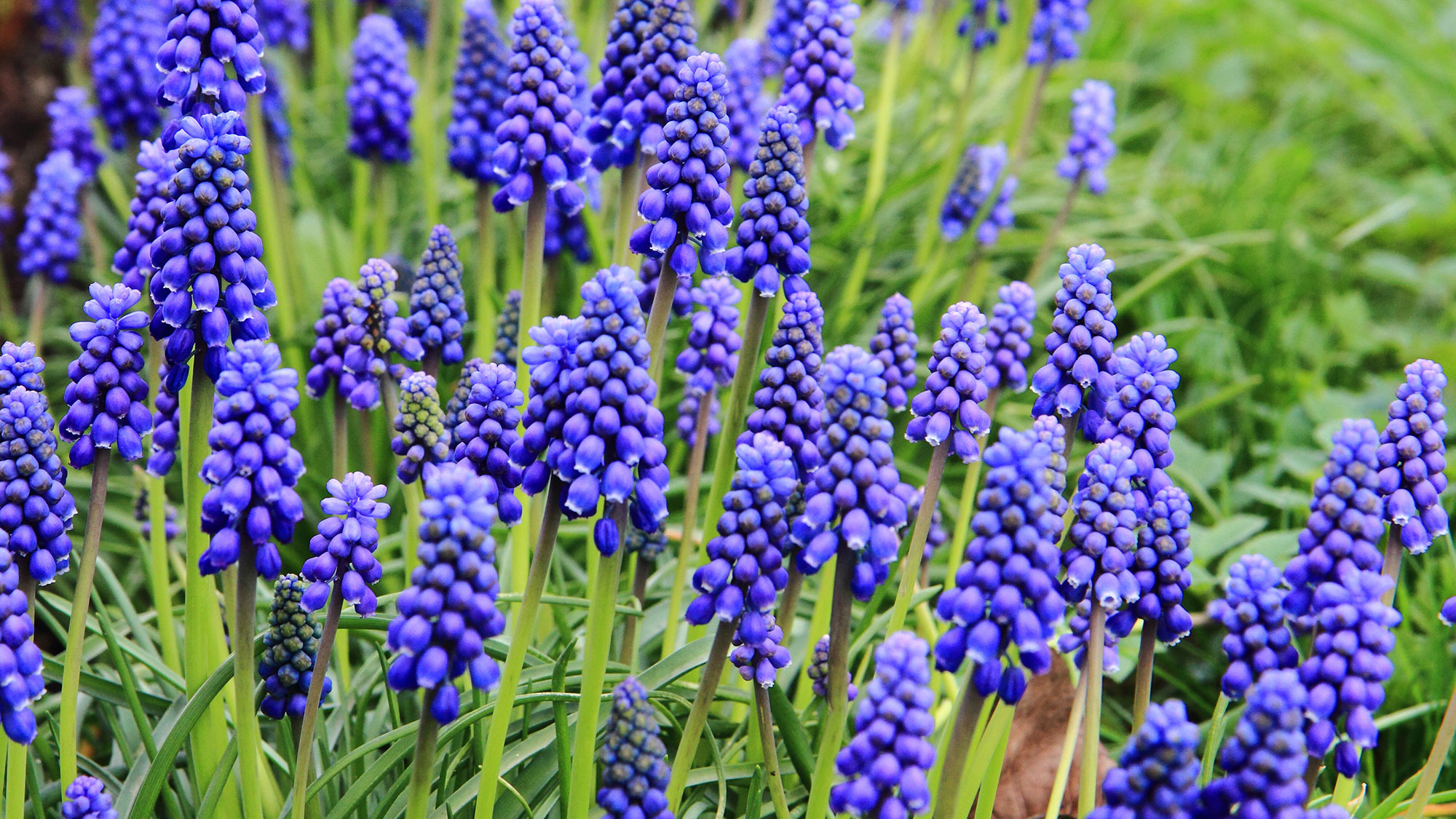
The beauty of hyacinths is that they are commonly grown inside and out and can fill your home with a beautiful sweet scent. Coronado says that apart from their scent, these blue, pink, white, and purple blooms are also well known for their tight clusters of flowers. For a cold-hardy hyacinth, she recommends Muscari botryoides, also known as grape hyacinth, which takes a compact form.
Planting tips
Coronado recommends planting hyacinth bulbs 4-6 inches deep and 4-6 inches apart in well-drained soil. They will also do best in a sunny spot, although can tolerate partial shade.
Planting Zone: Zones 4 to 8
4. Alliums
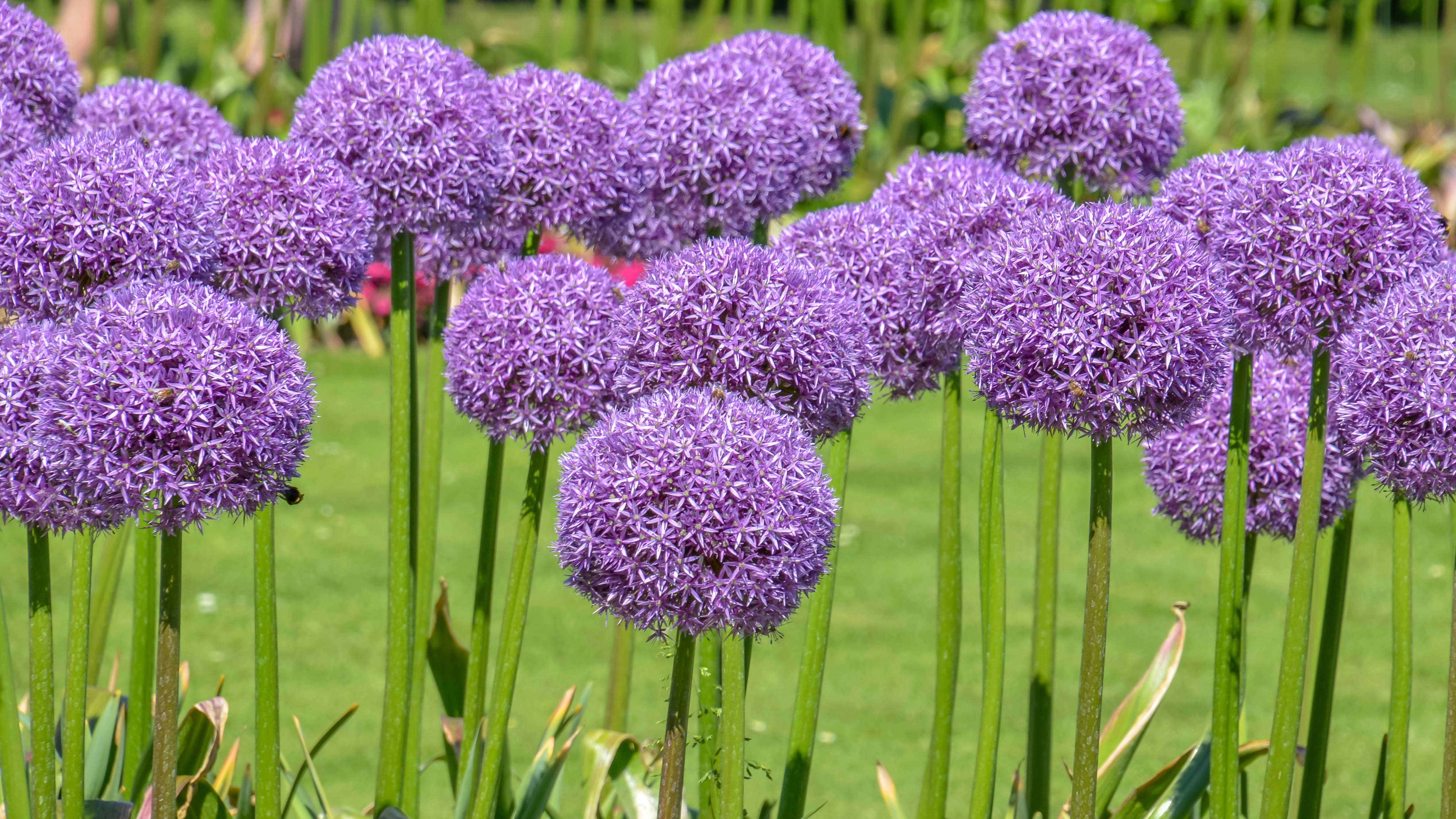
Alliums are one of my favorites — I would have a whole backyard of them if I could. And once they’ve flowered, they keep on giving as they leave behind stunning seed heads. Coronado agrees, “Alliums add a touch of drama with their spherical blooms in hues of purple, white, and pink. The ‘Globemaster’ variety is particularly striking, deer resistant, and very hardy.”
However, she warns that some alliums are frost-sensitive, so check the variety before you buy.
Planting tips
Wilson recommends planting allium bulbs 4 inches deep and 6 inches apart in well-drained soil in full sun. “After planting, give them a drink, but once they’re established, they don’t need much watering,” he says.
Planting zone: Zones 3 to 8 (but check the variety)
5. Crocuses
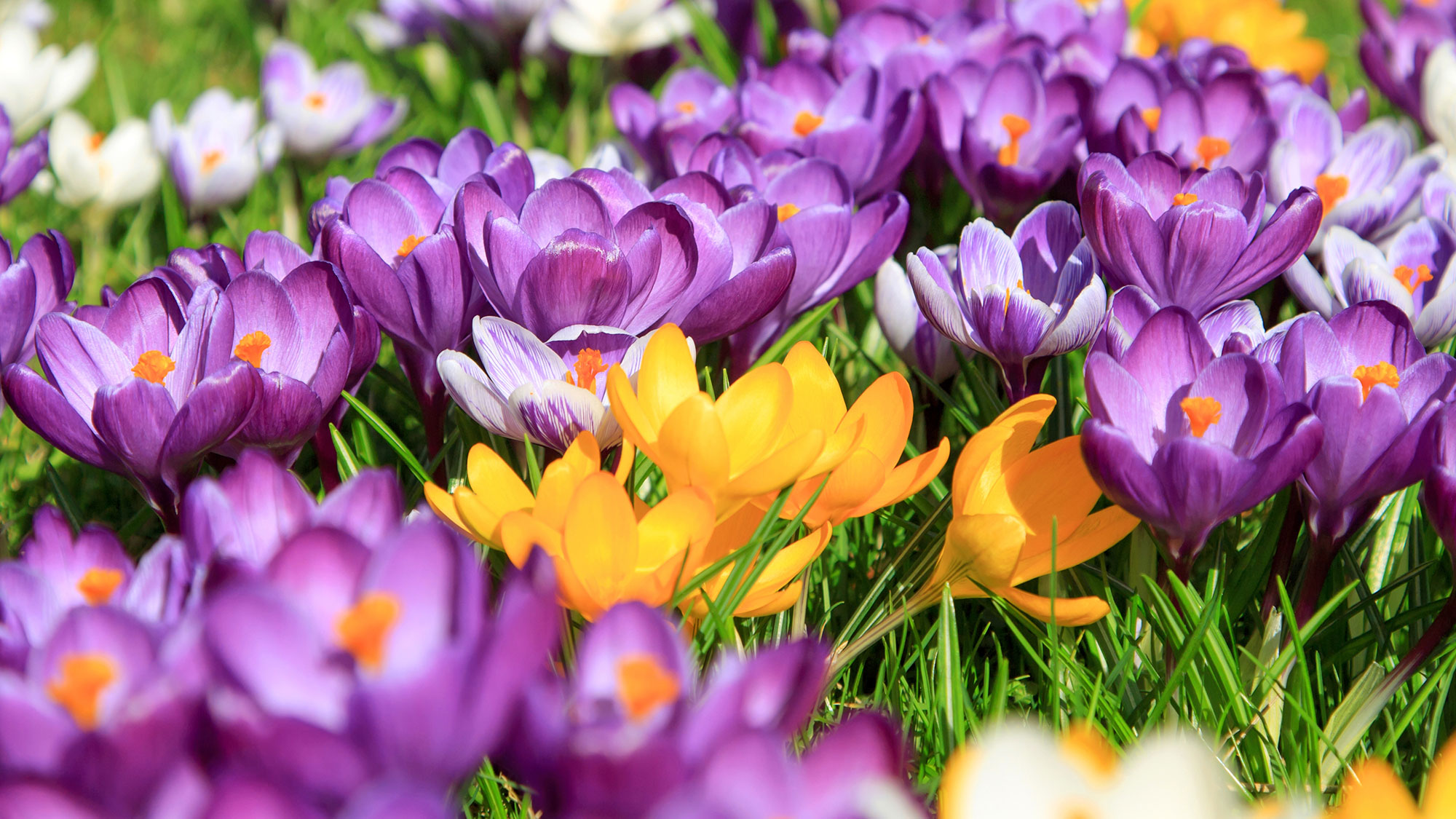
“Crocuses are early bloomers and add a pop of color just as winter fades,” says Wilson. Choose from purple, yellow and white, or mix it up for a multi-colored display.
For a reliable, hardy variety, Coronado suggests planting the Dutch Crocus or Giant Crocus variety.
Planting tips
“Crocus bulbs are known as corms,” says Coronado, “and should be planted 3-4 inches deep and 3-4 inches apart. They work well in lawns or garden beds and can naturalize over time.”
Wilson adds that Crocuses prefer well-drained soil, full sun to partial shade, and moist, non-waterlogged soil.
Planting Zone: Zones 3 to 8
6. Fritillaria
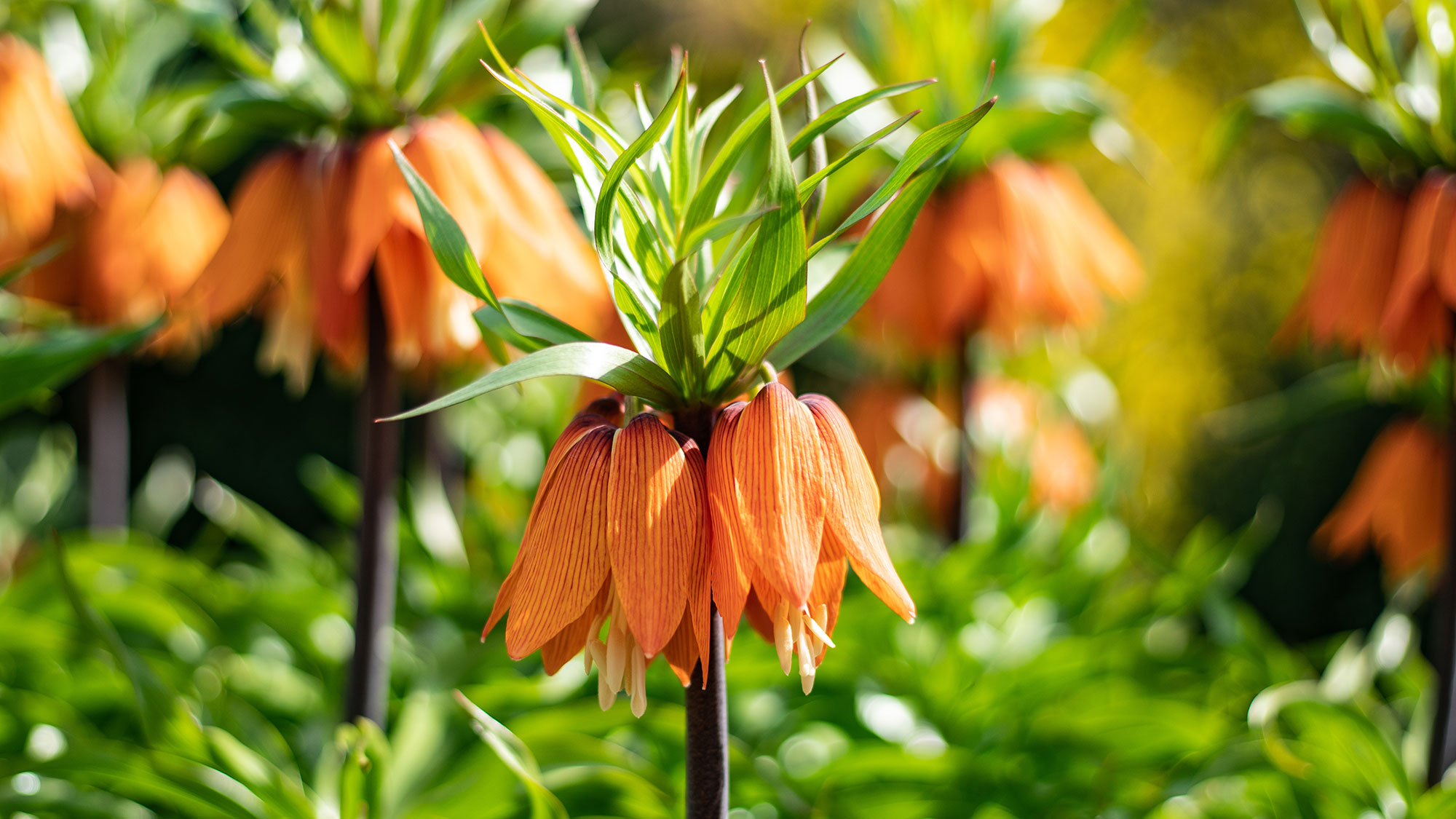
Montgomery describes fritillaria imperialis as a “bell-shaped flower, topped by a pineapple-like tuft of leaves.” With such a beautiful description, it would seem unkind not to plant these orange blooms! They are the biggest and boldest of all fritillarias and can reach to 1.2m high.
However, if you prefer your blooms a little more sedate, you could try planting Fritillaria meleagris, otherwise known as Snake’s Head Fritillary, for its white and reddish-purple checkerboard effect flowers. If you have deer and rabbits in your neighborhood, they will leave these bulbs alone.
Planting tips
Montgomery recommends planting the bulbs 6 inches deep but laying them sideways to prevent water from collecting on top, which can cause rotting. It’s also worth waiting until the soil is 60°F before planting, so if you live in the North, this will be between September and October, while in the South, you’ll need to wait until October or November. The bulbs will do best in well-draining soil that gets full sun or partial shade. They should only need watering once until the spring.
Planting Zone: Zones 3 to 8
7. Irises
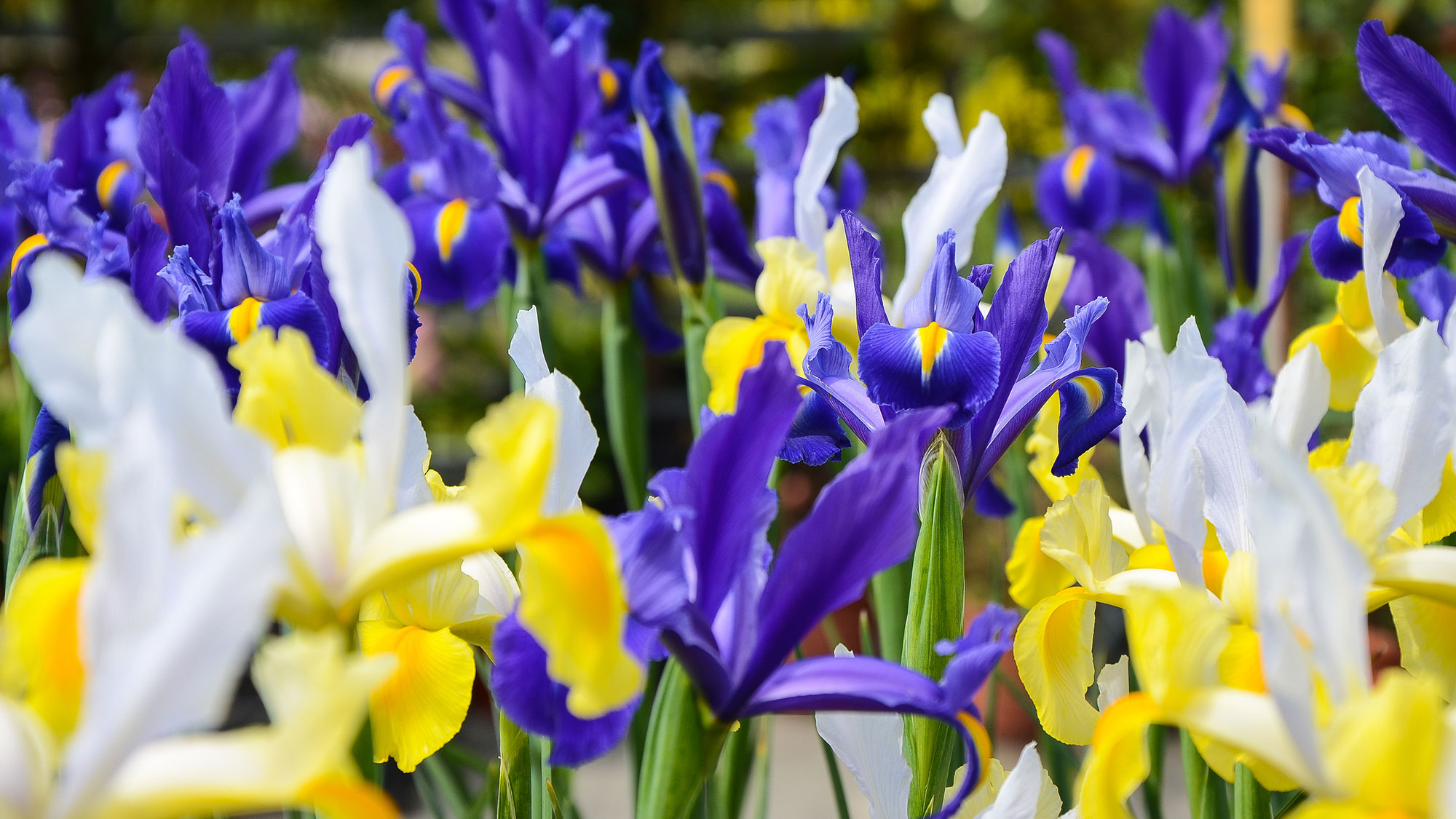
Montgomery has never seen an iris that she didn’t think was stunning. “Their name means ‘rainbow’ in Greek,” she says. “They do come in a wide array of colors.”
She also mentions that irises are thought to be messengers to the gods in Greek mythology and have long been associated with the fleurs-de-lis, the heraldic symbol depicted on the French coat of arms. For this reason, she thinks of the flower “as regal, but also delicate and ephemeral.”
She recommends growing Iris hollandica (Dutch iris), which is grown from a bulb, rather than a rhizome that produces a larger flower.
Planting tips
Bulbs should be planted in late summer to early fall so that they can become established before the winter. Place them 3-4 inches deep with the pointed tip upwards and 4 inches apart, cover with soil, and water well. Irises prefer a sunny position with well-drained soil.
Planting zone: Zones 4 to 9
Top bulb planting tips
Nigel Lawton, plant buyer at Dobbies, shares his top tips on planting bulbs to achieve a yard filled with spring color.
1. Plant your bulbs in September or October
Lawton recommends planting your bulbs in September or October for the best chance of them blooming in spring. However, he advises, “Every bulb is different, so make sure to check the packet for instructions.”
2. Plant them at the correct depth
“Bulbs are generally planted at a depth of three times their size, so bear that in mind to ensure you give them plenty of space to grow,” he says.
3. Give them light, but not too much
Lawton says spring bulbs need sun or partial shade and will thrive in free draining soil. Adding compost to your soil will help drainage and prevent compaction.
4. Informal is best
Rather than carefully placing your bulbs when planting, Lawton suggests the best effect is created when scattering them. “Don’t be too tidy — bulbs planted in informal patterns do best for giving a blanket of color year after year.”
More from Tom's Guide
- Discover what to do with daffodils after flowering
- And 7 best plants to plant in the fall
- Plus, 7 deer resistant plants

Camilla is the Homes Staff Writer and covers everything to do with homes and gardens. She has a wealth of editorial experience, mounting over 30 years, and covers news and features, tests products for reviews and compiles buying guides.
Her work has appeared in business and consumer titles, including Ideal Home, Real Homes, House Beautiful, Homebuilding & Renovation, and Kitchen & Bathroom Business. She’s even appeared on the cover of Your Home, writing about her own house renovation.
Although she’s obsessed with decorating her home, she also enjoys baking and trying out the latest kitchen appliances. But when she’s not inside, you’ll find her pottering about in her yard, tending to her vegetable patch or taking in her prized hydrangeas.
